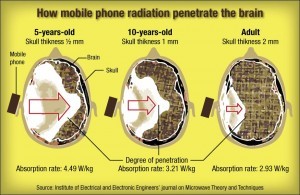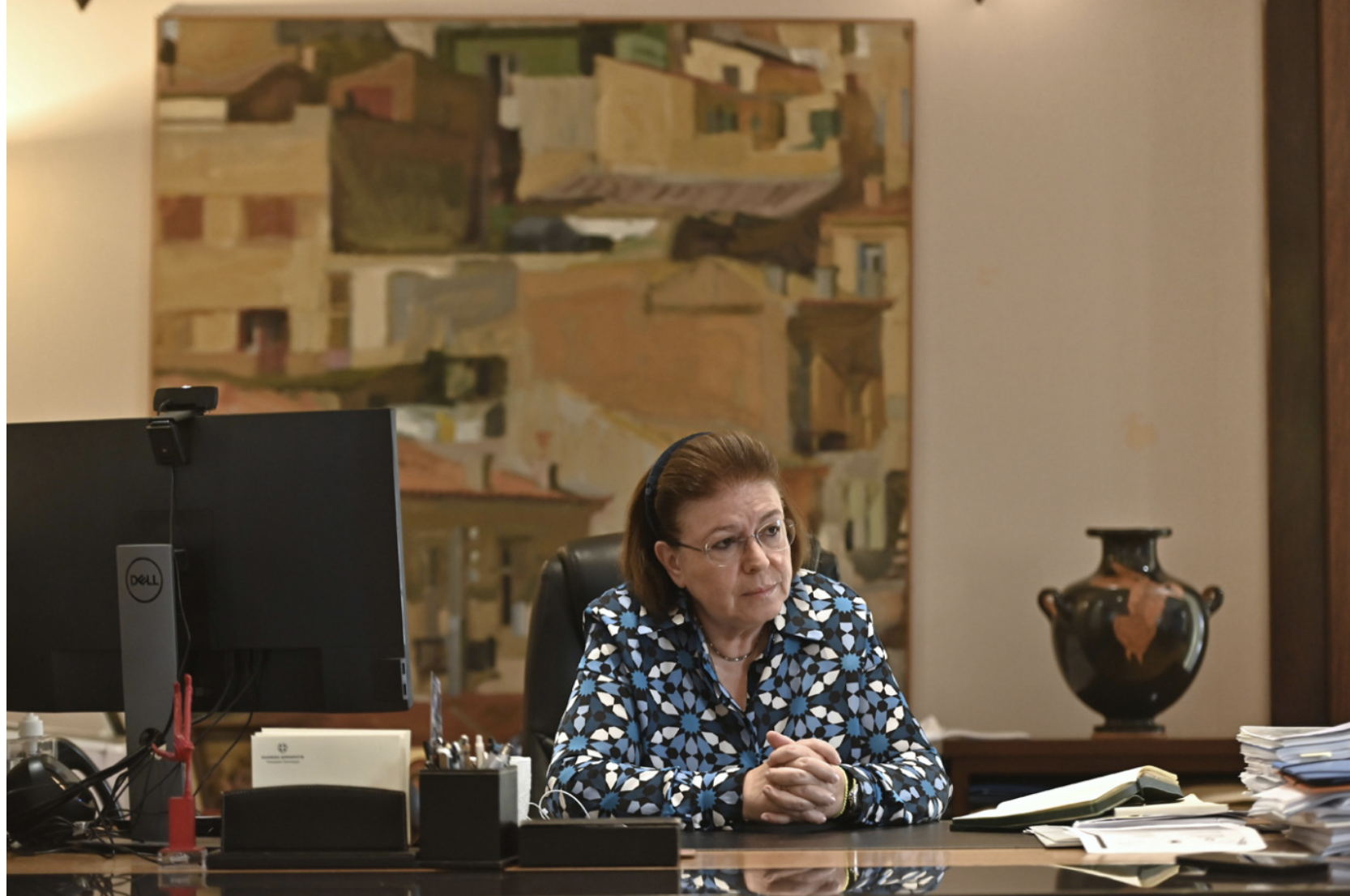The California Department of Public Health (DPH) was forced to issue proposed guidance it concealed for three years regarding the risks of exposure to the radio frequency energy released by cell phones.
Following University of California, Berkeley public health researcher Joel Moskowitz’s successful three-year legal battle, the DPH was compelled to release what regulators tried to refer to as an unapproved and incomplete draft of in-house guidance on risks of cell phone radiation use.
The DPH and the National Cancer Institute agree that cell phones and televisions can emit radiofrequency electromagnetic radiation that can range from 30 kilohertz to 300 million kilohertz. The human body is known to absorb emitting electromagnetic radiation from devices at rates that are expressed in watts per kilogram of body weight.
Unlike the ionizing radiation in x-rays that are known to increase the risk of cancer, radiofrequency energy does not cause DNA damage that can lead to cancer. Its only consistently observed biological effect in humans is tissue heating. Radiofrequency energy in animal studies has not been found to cause cancer.
But concerns regarding potential risks have risen with U.S. cell phone subscriptions tripling since 2000 to 327.5 million. The amount of time people use cell phones has also increased. However, improvements in cell phone technology have resulted in devices that have lower power outputs than earlier models.
The DPH disclosed that it does not recognize cell phones as a cancer risk, but has sat on five proposed new guidelines for at least the last three years that include:
– Using headphones or speakerphone settings instead holding a cell phone to your ear;
– Use texts instead of talking;
– Carrying your phone in a bag or backpack, rather than a pocket or your clothes;
– Avoiding phone use when its sending high levels of radio-frequency energy, such as when you’re in a car, streaming content, or when your signal is weak; and
– Avoiding keeping your cell phone by your head while sleeping.
In a written response to the San Francisco Chronicle, DPH stated that the reason the proposed guidance was shelved several years ago was to conform with the latest health advisory regarding cell phone use from the U.S. Centers for Disease Control (CDC). DPH added that the CDC continues to advise that there is no definitive data on the subject and that “more research is needed before we know if using cell phones causes health effects.”
But that language is different from the CDC’s advisory on cell phone and cancer risk:
“There is no scientific evidence that provides a definite answer to that question. Some organizations recommend caution in cell phone use. More research is needed before we know if using cell phones causes health effects.”
The DPHh released an updated advisory on December 15 emphasizing that the health science regarding cell phone use continues to evolve and that the “scientific community has not reached a consensus”.
Source: breitbart.com
Ask me anything
Explore related questions






